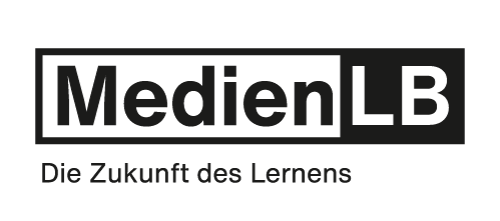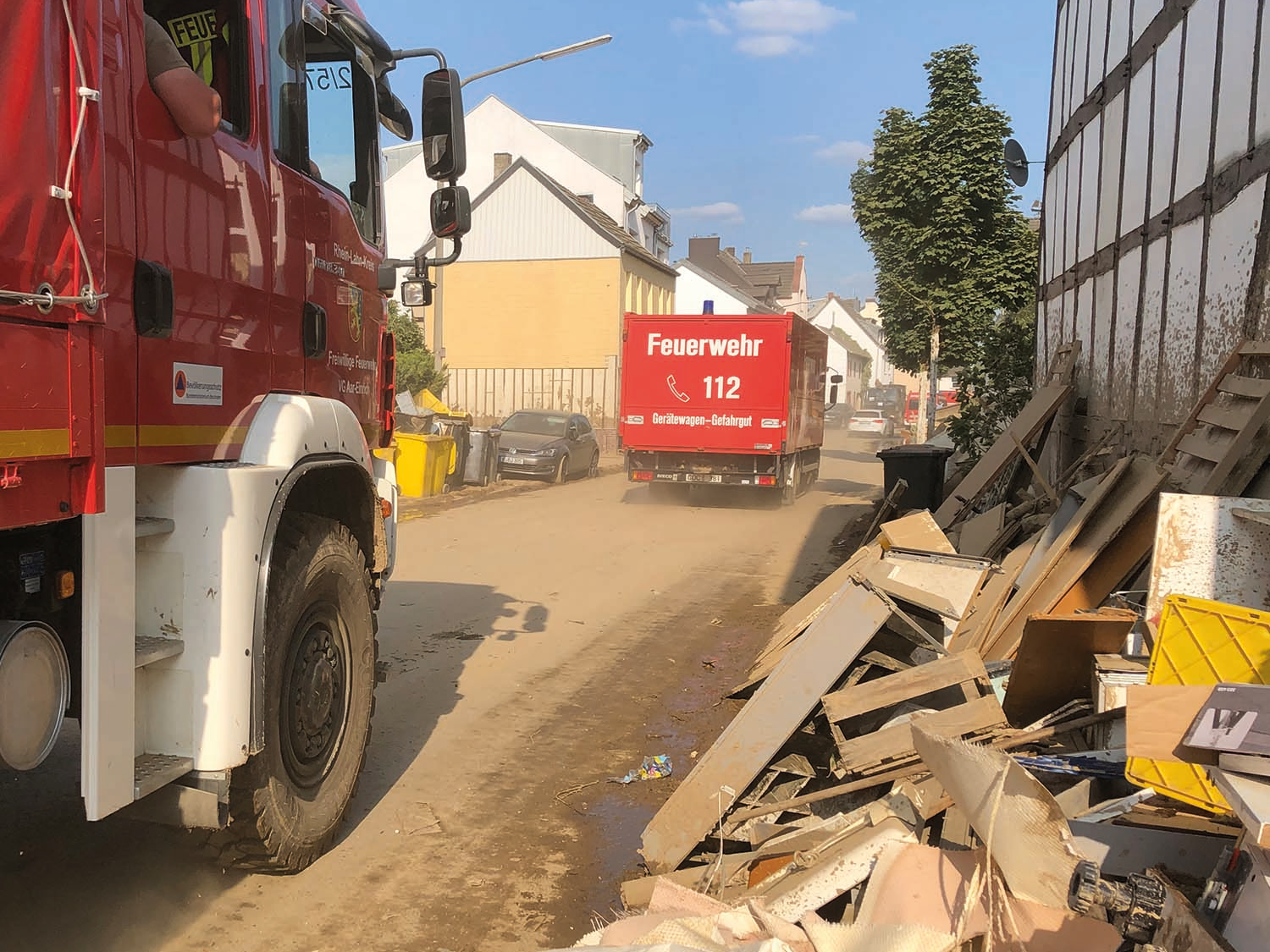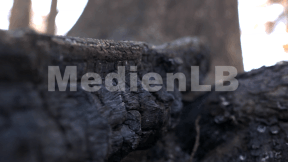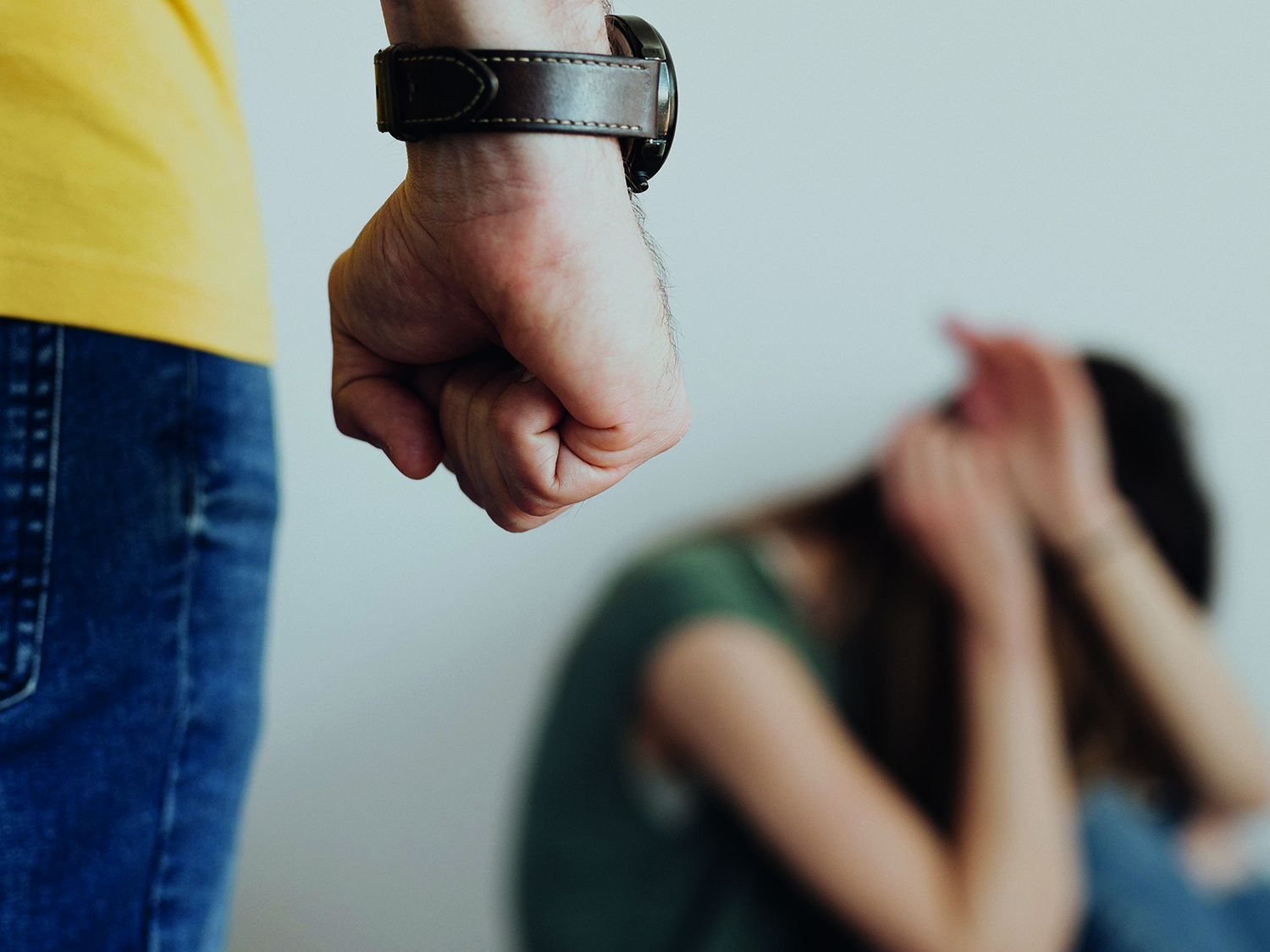 Geography
Geography
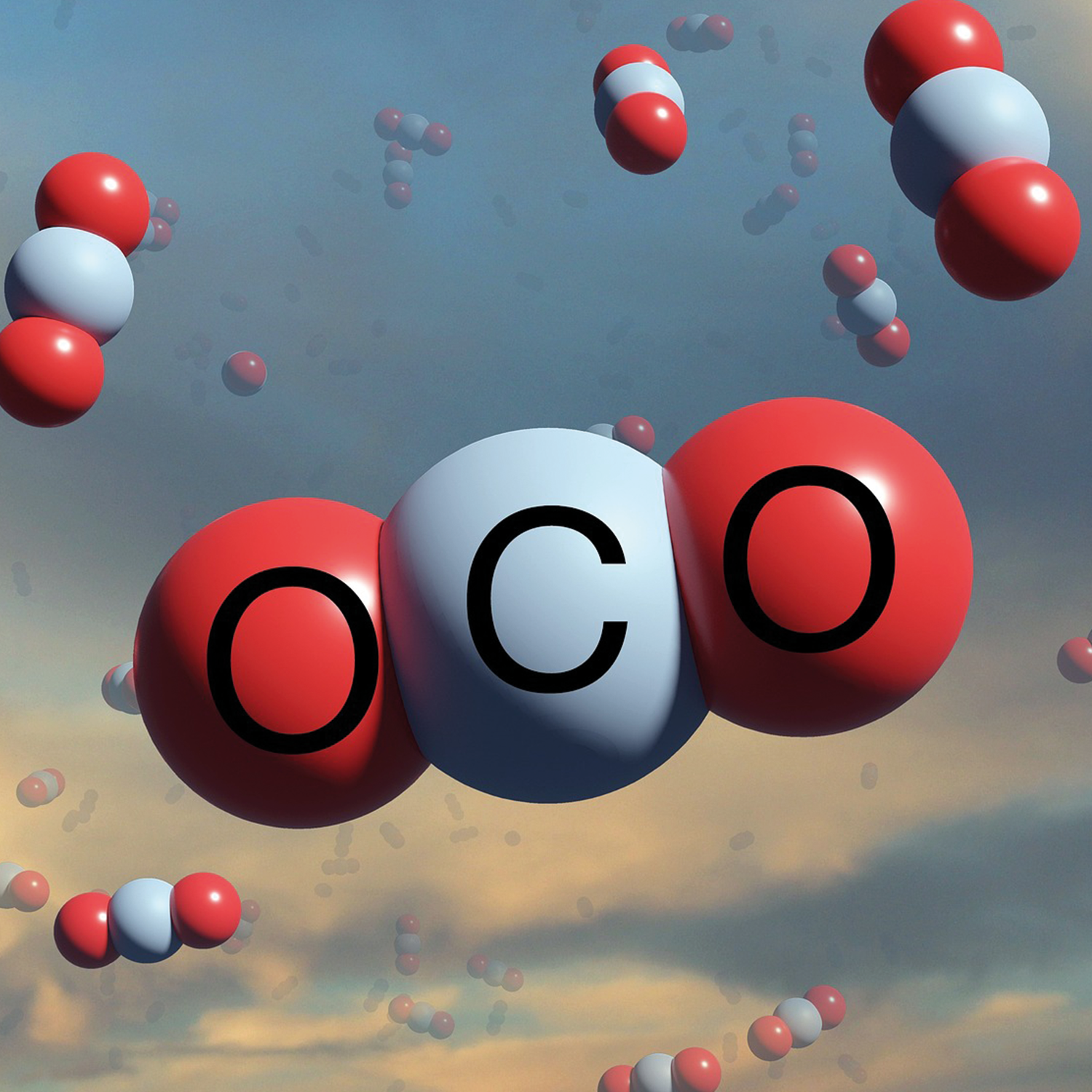

46504541 / 55503709
CO2-Neutralität erreichen
Einsparung und Technologien
CO2 ist ein natürlich vorkommendes Gas in der Atmosphäre, das im Rahmen eines Kreislaufs von Lebewesen produziert und in Pflanzen gebunden und wieder in Sauerstoff umgewandelt wird.
Durch Verbrennung pflanzlicher und vor allem fossiler Rohstoffe wird dieser Kreislauf gestört und mehr CO2 ausgestoßen als von Pflanzen aufgenommen werden kann. Da CO2 ein Treibhausgas ist, begünstigt dies den Klimawandel. Der Film erklärt anschaulich den CO2-Kreislauf und zeigt Möglichkeiten auf, diesen zu reduzieren.
In Verbindung mit dem umfangreichen Zusatzmaterial (Arbeitsblätter, Testfragen, Glossar, interaktive Aufgaben) lässt sich das Medium hervorragend im Unterricht verwenden.
Play trailer


Curriculum-centred and oriented towards educational standards
Matching
Katastrophenschutz
Die Flutkatastrophe vom Sommer 2021 hat gnadenlos die Defizite im Frühwarnsystem und die Bedrohungen durch den Klimawandel gezeigt.
Häusliche Gewalt
Häusliche Gewalt ist ein verborgenes Problem mit einer erschreckend hohen Dunkelziffer.



